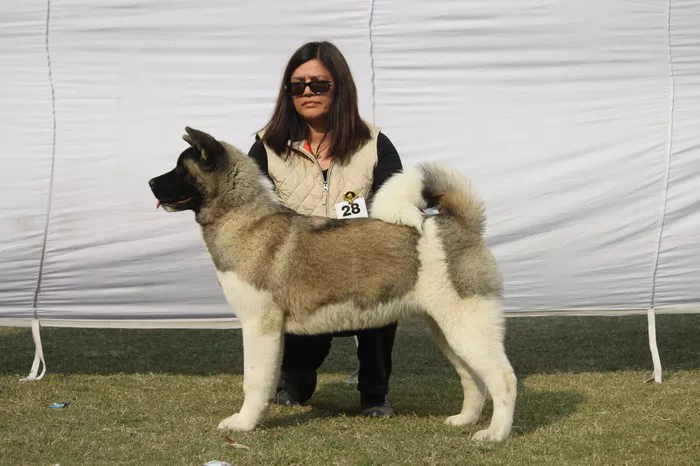When dogs run away, panic sets in for owners, but expert dog tracker Don Schwass offers advice that goes against the instinct to search for them. After years spent locating people lost in the wilderness, Schwass has become the go-to person for tracking down missing dogs. His success rate of over 85% speaks volumes about his unique approach.
Schwass, who also owns a fish and chip shop in Richmond, has become renowned for his ability to reunite wandering pets with their owners. His phone is constantly ringing with requests for help, and remarkably, he can often locate missing dogs even without being physically present at the search site. His reputation has spread far beyond Aotearoa. In a notable case last month, he helped a Queensland family find their dog Turbo after five weeks of being missing.
However, Schwass’ main advice is surprising: resist the urge to search. Speaking on RNZ’s Nine to Noon show, he explained that a common mistake people make is forming large search parties. While this might work for finding people, for dogs, it often backfires.
“When dogs run away, they enter flight mode,” Schwass said. “If you’re actively searching and calling for them, you’re doing exactly the opposite of what you should be doing.”
Dogs rely on their three primary senses: sight, hearing, and smell. When a dog is in survival mode, its eyes and ears are used to detect and avoid danger. Therefore, calling their name or chasing after them can push them further away.
“A dog’s nose is its most reliable sense,” Schwass noted. “Every dog has a favorite person, and the dog’s nose will guide them back to that individual. The key is to allow the dog’s nose to work without interference.”
Schwass shared the story of Turbo, the Queensland dog that was reunited with his family five weeks after going missing. Instead of scouring the area with a large group, Schwass advised the family to stay calm and let Turbo’s sense of smell lead him back.
Gathering dozens of volunteers to search is not the solution, Schwass emphasized. “You can have 50 people out there, but unless you know what you’re doing, it’s not likely you’ll find the dog. I’ve solved cases that have been open for 18 days in just a couple of hours.”
The crucial piece of information Schwass uses in tracking is the dog’s “point last seen.” From there, he tries to follow the dog’s thought process, retracing its steps and understanding its choices. “When I track, I’m not just looking for the dog—I’m paying attention to the clues from my own tracking dog.”
Schwass also talks about what he calls the “zombie effect.” When dogs are in flight mode, they perceive humans as threats, much like we would view zombies. This makes the dog even more likely to run away when approached.
“They’re in survival mode, trying to find safety,” Schwass explained. “If we don’t overwhelm them, they’ll settle into a safe area with access to food and water and stay nearby.”
Even if you’re near your dog, that doesn’t mean they’re ready to come back to you. “Dogs can sense our heightened emotions—our shaking, fast pulse—and they react to that. Often, it results in a standoff where, if you make any move towards the dog, they’ll bolt.”
He compared the process to a strategic game. “It’s like hide and seek, mixed with chess. You have to outwit the dog, becoming a master of both.”
One of the biggest mistakes owners make is treating a lost dog search like a missing person search. Schwass warns that this can worsen the situation by leading the dog out of the area.
“If you go out searching, the dog may catch your scent and follow it, but if you drive away to a different location, you may end up leading the dog even further away from where it was.”
The best strategy, he advises, is to return to the dog’s last known location and sit down quietly. “Stay put for about an hour. If your dog is nearby, it will eventually catch your scent and come back to you as the scent cone expands.”
The key is patience—remaining still and letting your dog come to you. Any movement towards the dog could cause it to flee again.
Finally, Schwass warns against overconfidence in calling or whistling for your dog. “At 10 meters, your dog’s ears are basically useless. People think they have a great whistle, but beyond 100 meters, it’s ineffective. It doesn’t mean much to a dog.”
Dogs don’t perceive colors the way humans do. “From 10 meters away, you’re just a shape to them—a moving figure that might seem threatening.”
When your dog goes missing, it’s essential to rethink the search. Instead of actively chasing them, trust their sense of smell and give them the opportunity to return to you on their own terms.


